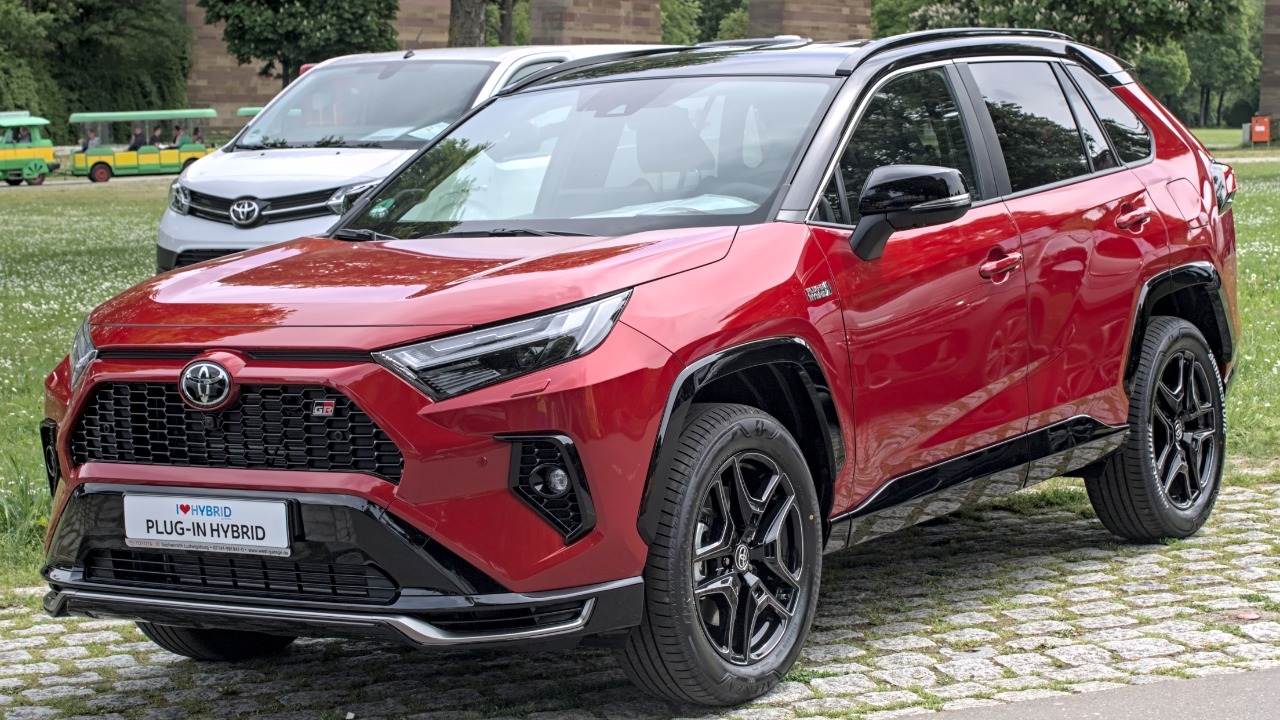
A revolutionary drop-in battery has been unveiled, promising to add an extra 60 miles of range to any electric vehicle (EV). This innovative solution offers a straightforward retrofit option for enhancing EV capabilities without the need for major vehicle modifications. This development is particularly significant in the context of plug-in hybrid electric vehicles (PHEVs) like GM’s Next Volt, where achieving a minimum of 60 miles of real EV range is considered crucial for practical daily use.
The Drop-In Battery Concept
The core design of the drop-in battery is a modular, compatible unit that can be integrated into existing EV architectures. This design allows for a precise 60-mile range boost without the need for custom engineering. The battery’s universal applicability across any EV model sets it apart from traditional upgrades, with its non-invasive installation process being a key differentiator.
Initial testing and prototype demonstrations have validated the battery’s claim of extending range by 60 miles under real-world driving conditions. This validation is a significant step towards proving the battery’s effectiveness and reliability.
Technical Specifications and Performance
The battery’s energy capacity and output metrics are designed to enable a precise 60-mile addition to an EV’s total range. This includes considerations for voltage compatibility and charging times. Safety features and durability standards have been built into the drop-in battery to ensure it meets or exceeds industry norms for EV components.
When compared to standard EV packs, the battery’s efficiency ratings show that it maintains vehicle performance without compromising acceleration or handling. This means that users can expect the same level of performance from their EVs, even with the added range from the drop-in battery.
Relevance to Plug-In Hybrid Vehicles
A minimum of 60 miles of real EV range is essential for PHEVs to reduce reliance on gasoline and appeal to consumers seeking longer electric-only drives. This range threshold is strategically important in upcoming PHEV designs as it addresses common user pain points like range anxiety in mixed-use scenarios.
The drop-in battery’s 60-mile boost could potentially be adapted for PHEV platforms, enhancing their electric mode without the need for full redesigns. This could make PHEVs more attractive to consumers who are increasingly conscious of their carbon footprint.
GM’s Next Volt and the 60-Mile Benchmark
GM’s Next Volt is a flagship PHEV model that requires at least 60 miles of real EV range to compete effectively in the evolving hybrid market. According to expert arguments from a June 1, 2024, coverage, this specific range figure represents a practical minimum for daily commuting and urban driving in PHEVs like the Volt.
The drop-in battery could theoretically extend the Volt’s capabilities, bridging gaps between its current specs and the desired 60-mile electric threshold. This could significantly enhance the Volt’s appeal to consumers and its competitiveness in the market.
Market Implications for EV Adoption
Affordable drop-in solutions like this 60-mile extender could accelerate EV adoption by addressing range limitations in older or budget models. Consumers retrofitting existing EVs could potentially save costs compared to purchasing new vehicles with built-in longer ranges.
There are also broader industry shifts towards modular battery tech. The 60-mile addition is an example of scalable innovation that could shape the future of EV technology and adoption.
Challenges and Future Developments
Despite its potential, the drop-in battery must overcome regulatory hurdles or compatibility issues to achieve widespread use across any EV. Ongoing research is being conducted into scaling the 60-mile range extender for PHEVs, including integrations with models like GM’s Next Volt.
Based on November 3, 2025, reporting, timelines for commercialization are dependent on supply chain advancements for battery production. As the EV market continues to evolve, the drop-in battery could play a significant role in shaping the future of EV technology and adoption.
More from MorningOverview